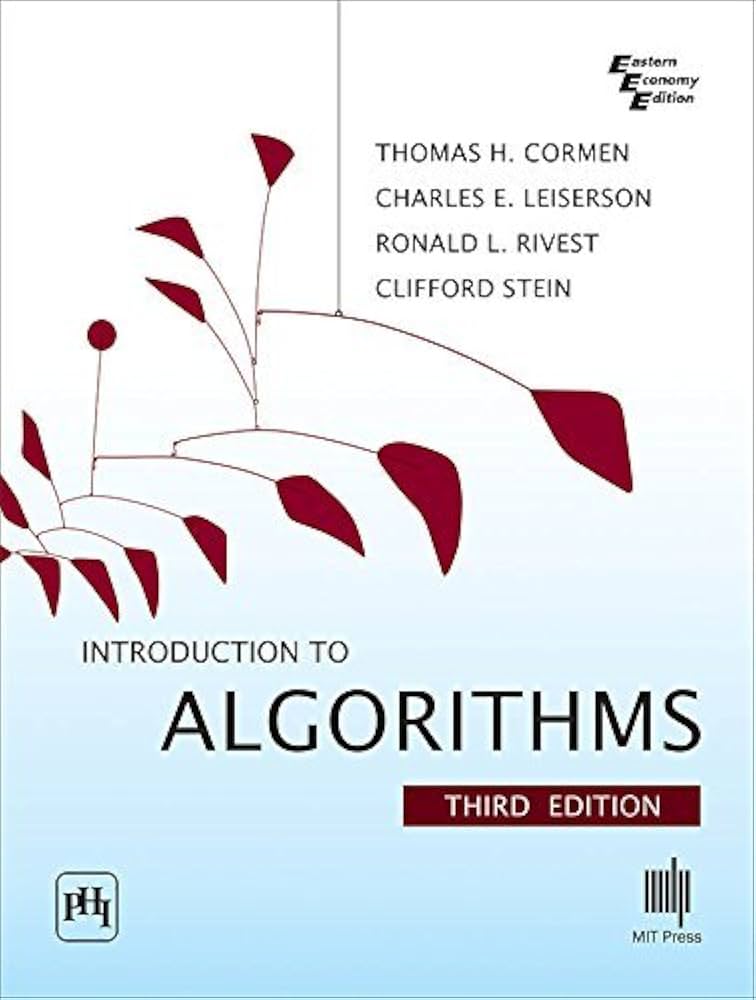Why Do We Learn Design and Analysis of Algorithms?
-> Efficient Problem Solving: Algorithms provide systematic methods for solving problems. Learning DAA helps you design solutions that are efficient in terms of time and space.
-> Optimization: It teaches you to identify the best solution among multiple approaches, ensuring minimal resource usage.
-> Scalability: As data grows, poorly designed algorithms become inefficient. Understanding algorithm design ensures that your solutions scale well with larger inputs.
-> Understanding Computational Complexity: DAA helps you analyze the performance of algorithms using Big-O notation, enabling you to predict how they behave as input sizes grow.
-> Building Blocks for Advanced Topics: Knowledge of algorithms is fundamental to learning advanced topics like machine learning, cryptography, databases, networking, and more.
-> Problem-Solving Mindset: DAA trains you to approach problems methodically—breaking them down, identifying patterns, and applying appropriate techniques to solve them.
-> Industry Demand: Competitive programming and technical interviews often focus on algorithmic concepts, so mastering DAA enhances your career prospects.
TEXTBOOK
AND
PRINCIPLES
Decomposition
Breaking down a complex problem into smaller, more manageable subproblems that can be solved individually and combined to solve the overall problem.
Pattern Recognition
Identifying recurring patterns or structures in data or problems that can help simplify the design of algorithms or solutions.
Hierarchical Data
Representing and processing data that has a hierarchical or nested structure (e.g., trees, organizational charts).

~In the world of software, the best way to predict the future is to invent it.
Brave and Cautious Travel
A strategy where algorithms explore solutions boldly while cautiously avoiding pitfalls (e.g., depth-first search vs. breadth-first search).
Edge Relaxation
A key step in graph algorithms like Dijkstra's and Bellman-Ford, where the shortest path estimate to a vertex is updated if a better path is found.
Balancing and Rotations
Techniques used in balanced tree data structures (e.g., AVL trees, Red-Black trees) to maintain balance and optimize search times.
